Riga
History
Riga, the capital of Latvia, has a rich and varied history that dates back to the 2nd century AD. The city was first mentioned in historical records in 1201, when it was founded by the German bishop Albert of Riga. Riga was a significant center of the Hanseatic League, an economic and defensive alliance of merchant guilds and market towns in Northwestern and Central Europe.
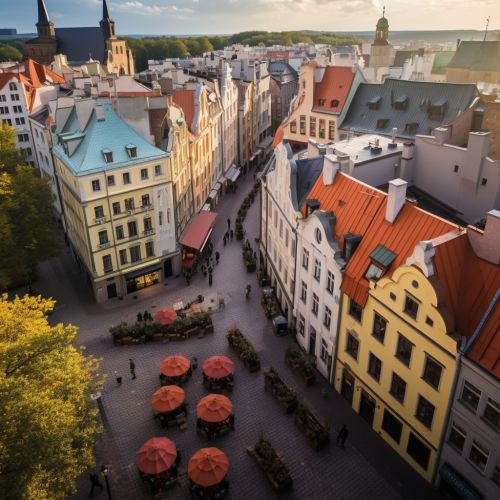

During the Middle Ages, Riga flourished as a major trading hub, exporting goods such as timber, grain, and wax to other European countries. The city's strategic location on the Baltic Sea also made it a vital port for military and commercial ships.
In the 16th and 17th centuries, Riga came under the rule of the Polish-Lithuanian Commonwealth, and later the Swedish Empire. These periods of foreign domination had a significant influence on the city's architecture, culture, and society.
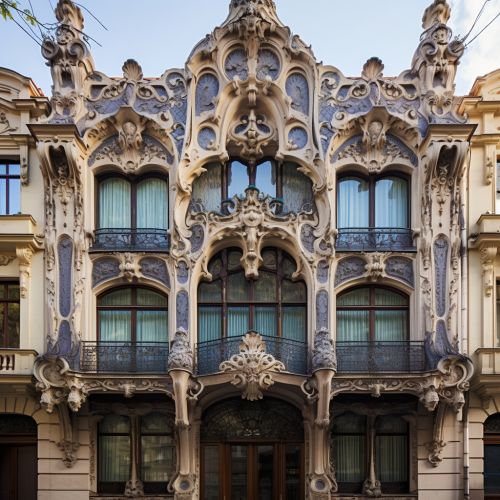
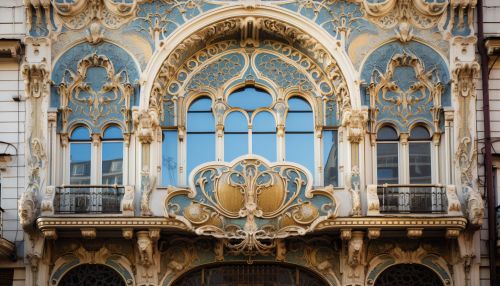
Riga experienced a period of rapid industrialization and urban growth in the 19th century, during which it became one of the largest and most prosperous cities in the Russian Empire. The city was also a major center of the Art Nouveau architectural movement, and today it boasts one of the world's largest collections of Art Nouveau buildings.
The 20th century was a time of great turmoil for Riga, as it was occupied by various foreign powers during both World Wars. The city was heavily damaged during World War II, but it was rebuilt in the post-war years and became the capital of the Latvian SSR within the Soviet Union.
Riga regained its status as the capital of an independent Latvia in 1991, following the dissolution of the Soviet Union. Today, the city is a vibrant metropolis that combines its rich historical heritage with modern amenities and attractions.
Geography and Climate
Riga is located on the southern coast of the Gulf of Riga, at the mouth of the Daugava River. The city's geographical position has played a crucial role in its development as a major port and trading center.
The city's climate is classified as humid continental, with warm summers and cold, snowy winters. The average temperature in July, the warmest month, is around 18°C, while in January, the coldest month, it is around -5°C.
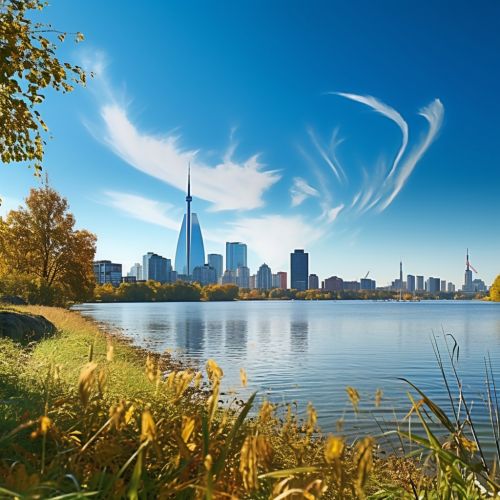
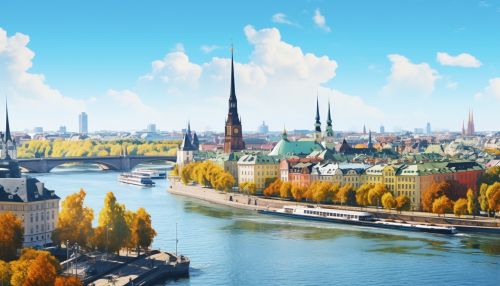
Riga's natural environment is characterized by its coastal location, numerous parks and green spaces, and the Daugava River, which flows through the city. The river is a significant feature of Riga's landscape and plays an important role in its economy and transportation system.
Economy
Riga is the economic heart of Latvia, contributing over 50% of the country's GDP. The city's economy is diverse, with key sectors including transportation and logistics, information technology, tourism, and manufacturing.
The city is a major transportation hub, with the largest airport and seaport in the Baltic states. Riga's strategic location makes it an important transit point for goods and passengers between Western Europe, Eastern Europe, and Scandinavia.

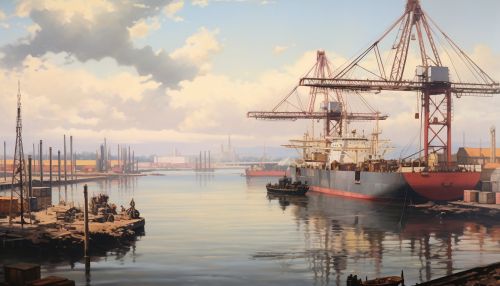
Riga is also a significant center for information technology and innovation. The city is home to a number of tech startups and has a vibrant digital economy. The city's IT sector is known for its expertise in areas such as software development, data analysis, and cybersecurity.
Tourism is another important sector in Riga's economy. The city's rich history, beautiful architecture, and vibrant cultural scene attract millions of visitors each year.
Culture and Society
Riga has a diverse and vibrant cultural scene, with a rich tradition in music, art, and literature. The city is home to numerous cultural institutions, including the Latvian National Opera, the Riga Film Museum, and the Latvian National Theatre.
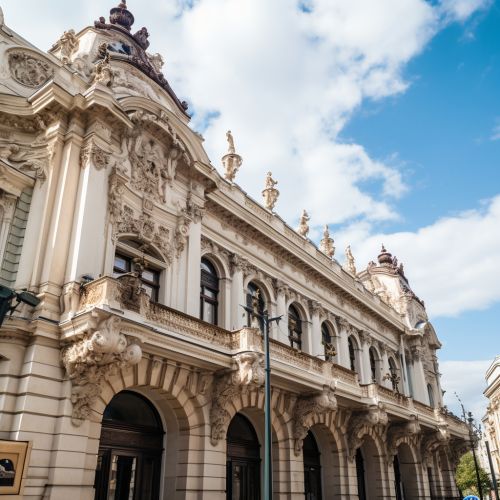
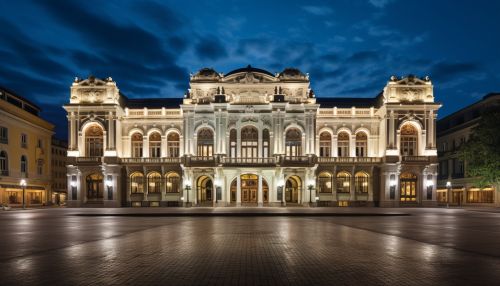
Riga is also known for its annual cultural events, such as the Riga Opera Festival, the Riga International Film Festival, and the Riga City Festival. These events attract artists, performers, and visitors from around the world.
The city's society is multicultural, with a mix of Latvian, Russian, and other ethnic groups. This diversity is reflected in Riga's cuisine, language, and cultural traditions.
Education and Research
Riga is a major center for education and research in Latvia. The city is home to several universities and research institutions, including the University of Latvia, Riga Technical University, and the Latvian Academy of Sciences.

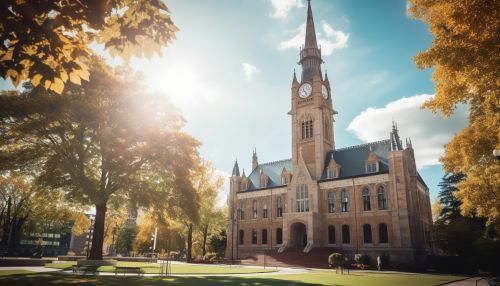
These institutions offer a wide range of academic programs and conduct research in various fields, such as natural sciences, engineering, social sciences, and humanities.
Riga's education system is known for its high standards and emphasis on science, technology, engineering, and mathematics (STEM) education. The city's schools and universities produce a highly skilled workforce, which contributes to Riga's economic development and innovation capacity.
